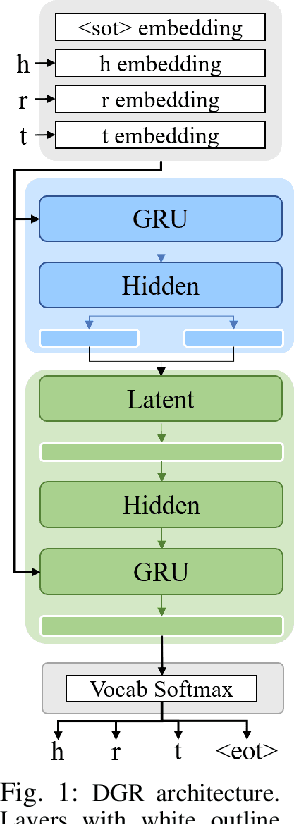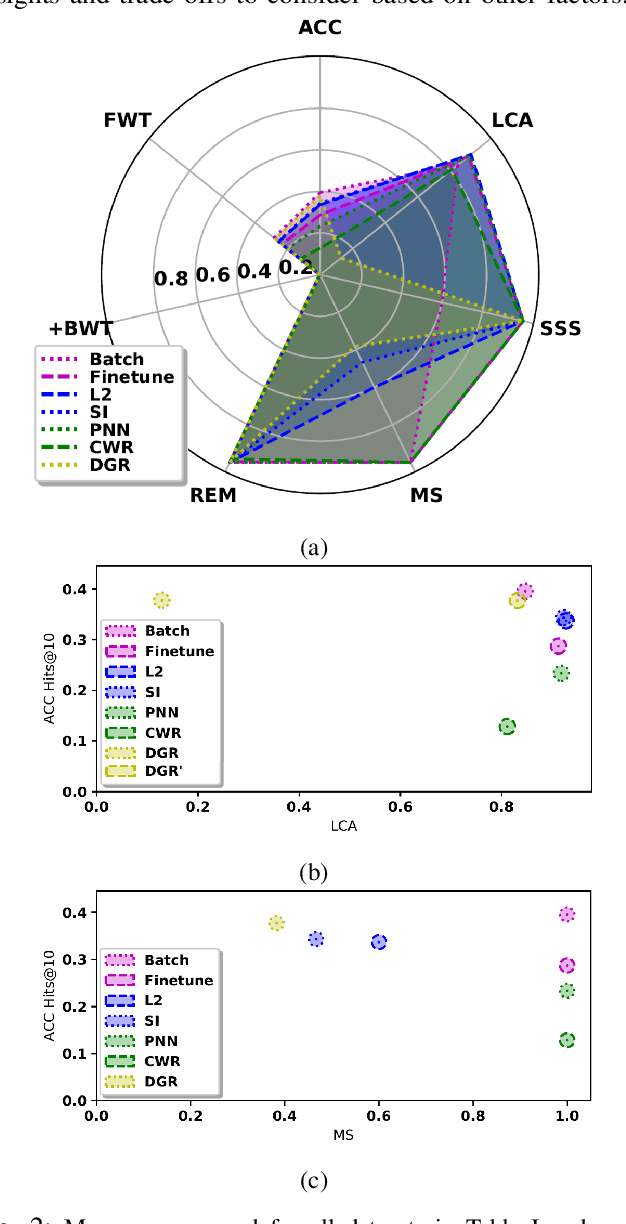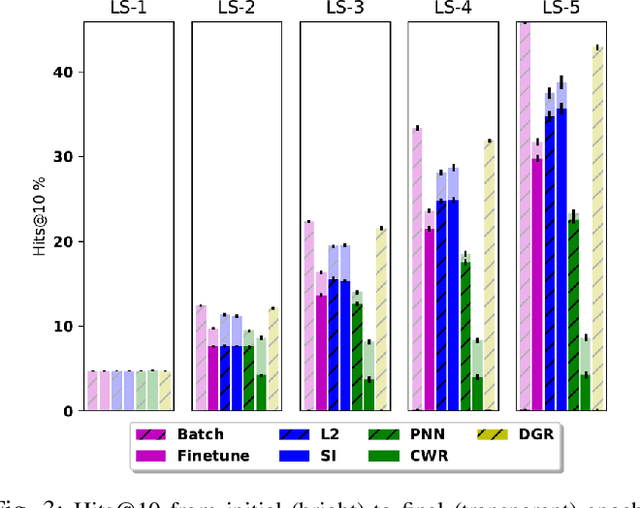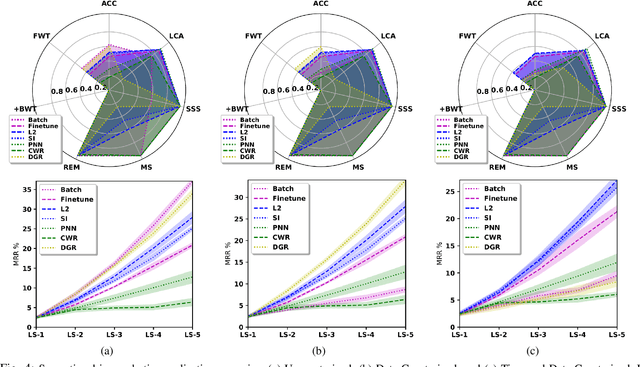Continual Learning of Knowledge Graph Embeddings
Paper and Code
Jan 14, 2021



In recent years, there has been a resurgence in methods that use distributed (neural) representations to represent and reason about semantic knowledge for robotics applications. However, while robots often observe previously unknown concepts, these representations typically assume that all concepts are known a priori, and incorporating new information requires all concepts to be learned afresh. Our work relaxes the static assumptions of these representations to tackle the incremental knowledge graph embedding problem by leveraging principles of a range of continual learning methods. Through an experimental evaluation with several knowledge graphs and embedding representations, we provide insights about trade-offs for practitioners to match a semantics-driven robotics application to a suitable continual knowledge graph embedding method.
 Add to Chrome
Add to Chrome Add to Firefox
Add to Firefox Add to Edge
Add to Edge